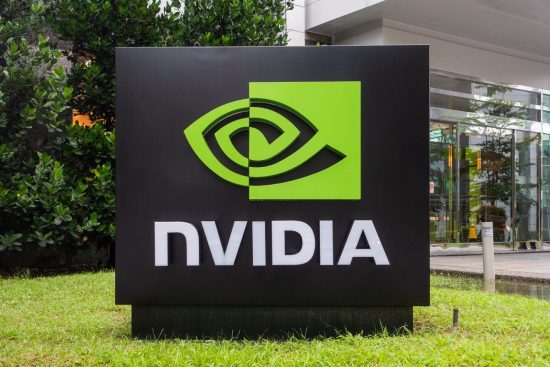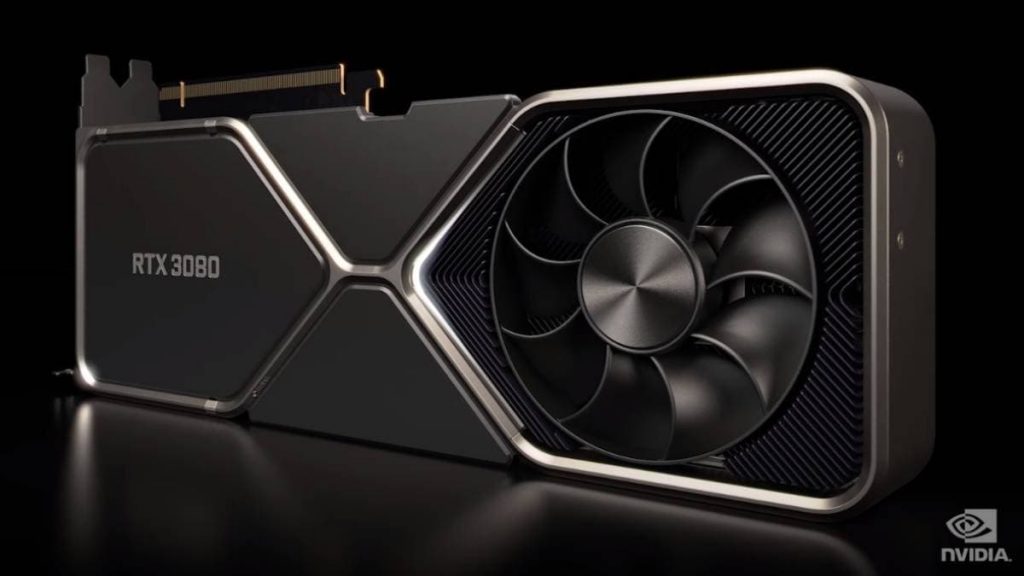NVIDIA halted production of its flagship GeForce RTX 3080@12GB GPU on the heels of GeForce RTX 4000 series launch

The first version of the GeForce RTX 3080 was introduced to the public with 10GB of video memory. In addition, it had a 320-bit bus. Although the parameters are quite modest, nevertheless, the performance of the chip was impressive. However, after some time, manufacturers have decided to continue to experiment particularly with the number of cores. Tests were also made on bus width.
The result of hard work of a large number of savvy professionals was the famous GeForce RTX 3080@12GB. It features a 384 bit bus. Impressive is the memory bandwidth, which has gained momentum. Interestingly, the overall difference is not particularly noticeable. For many, the models don’t make much difference, while professional gamers will clearly appreciate the upgraded version. The trick isn’t just the fact that there’s an extra 2GB of memory added.
A quick recap
Along with the additional memory the number of cores has increased by 3% and the number of ROP blocks by 8%. This means that the novelty moves to a 384-bit wide bus to increase memory bandwidth by 20%. This is despite using the same 19Gbps GDDR6X memory.
Given the upgrades, the released model will fall between the original 3080 and 3080 Ti in terms of performance. But the novelty also has its disadvantages. The main ones are price and availability.

Reasons for discontinuation
In spite of GeForce RTX 3080@12Gb’s many advantages, sales were not nearly as good as the company would have liked. The reason for that was that gamers didn’t see much of a difference between this and the previous version. It turned out that the improvement did not bring the desired results.
Since the creation of video card requires some costs, the company, having calculated them, realized that it is simply unprofitable to engage in the creation of a product that does not attract customers. In addition, at that time a new development loomed on the horizon that could very well make up for the failure.
GeForce RTX 4000
Consider this new series on the example of one of its products. The NVIDIA Quadro RTX 4000 is a 9.5″ single slot GPU. The exterior case is quite stylish, with a shiny chrome finish and a bright green stripe in the middle. The novelty has no rear panel. This adds to the rigidity of the design and helps protect the components mounted on the back.
The new Quadro RTX 4000 has video outputs, 3 DisplayPort 1.4 and 1 VirtualLink port for VR head-mount displays. The power connector is located on the far side, which is supposedly more convenient for server mounting. There is also 1 8-pin connector.
At the top of the single-slot cooler card are the stereo and sync ports for professional workstations. However, there are no NVLink/SLI connectors. The new product is priced at around $900. Judging by the parameters, the price is quite justified. But for some users such a price tag may not be the most pleasant “parameter”.


